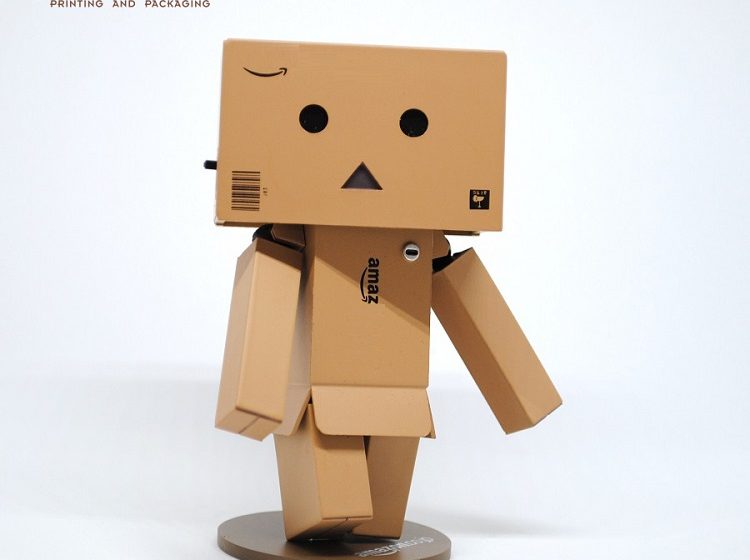The corrugated packaging market is growing rapidly, with the help of the explosion of e-commerce and developments in digital printing technologies.
The global corrugated packaging industry is growing faster than expected, perplexing some predictions that forecast a slowdown in corrugated usage.
In this blog, Mr Gaurav Jalan, Founder and Director Packman Packaging (India’s top Packaging company and leading manufacturer of Corrugated Boxes shares his views on 4 trends that are changing the future of the corrugated packaging market.
E-Commerce
E-commerce retail sales are continuing to rise higher, with its annual growth expanded by 13% in 2017 in e-commerce trade globally. Further, it will grow more.
Global online sales are supposed to be over $5.5 trillion in 2023. This will have a huge impact on packaging demand, particularly in the corrugated industry as it represents about 80% of demand in the e-commerce market.
The increasingly complicated logistics chain for direct to consumer delivery e-commerce packages is estimated to be handled up to 20 times or more during standard distribution. Means there would be a new demand for cost-effective secondary corrugated board packaging.
Demands from brand owners are now being felt by the converting industry as several brands now need the secondary pack to carry their image into the home, not just the retail outlet. This widens the need for converters to produce high-quality graphic designs on the shippers themselves.
Fit-To-Product
Coming out of e-commerce has been the intrusion of fit-to-product (FTP) or box-on-demand systems, driven in generally by the needs of dedicated e-commerce sellers. This technology allows the production of customized secondary packaging based on the actual size of the product being packed, including irregular shapes. For the end-user, this removes the need for large inventories of standard-sized boxes which often need copious amounts of filler material.
As FTP platforms become popular, there will be increased demand for boards sold as fanfold, as well as finishing equipment, like printers, that can operate with them.
Major moves are being undertaken to take advantage of this growth market.
Sustainability
Corrugated board is becoming popular in packaging as sustainability becomes a more critical issue across the industry. It is simpler to recycle and the pulp and paper industry is already good at converting these into new generations of containerboard. These qualities indicate there has been a rise in popularity of corrugated protective formats over polymer-based alternatives, such as expanded polystyrene (EPS) foams.
Although light-weighting of the board has long been impacting the corrugated industry, right weighting and right-sizing are playing an ever-rising an important role in this market, not only in response to consumer demands for efficient packaging but also by keeping in mind the logistics chain’s adoption of dimensional weight (DIM) pricing. In some cases, substituting to a heavier board grade can have a good impact overall as it allows for the elimination of additional protective elements,
The desire to reduce the volume of air being shipped within all delivery, channels mean that in some cases there have been a huge cost increases.
The importance of light-weighting will continue to be dominant over the coming years as retailers look to save costs as well as appealing to end-users.
Digital Printing Growth
As the digital print market grows, the corrugated sector, while still in its initial stages have developed a growing appetite for adoption of the process and systems are now being developed to meet the demands of the high-volume liner and post-print markets.
The flexibility of run-lengths, savings in set-up expenses, the ability to personalize either related to brands, regions, stores or persons and the level of quality now available through the latest technique all combine to make perfect weather of growth opportunities for converters and printers.
Brand owners are identifying the opportunities to grow falling brand loyalty through greater engagement with their customer base provided by these technological improvements and industry leaders see packaging as an essential component in the creation of a memorable shopping experience for the users that will also help them to attract new buyers.




